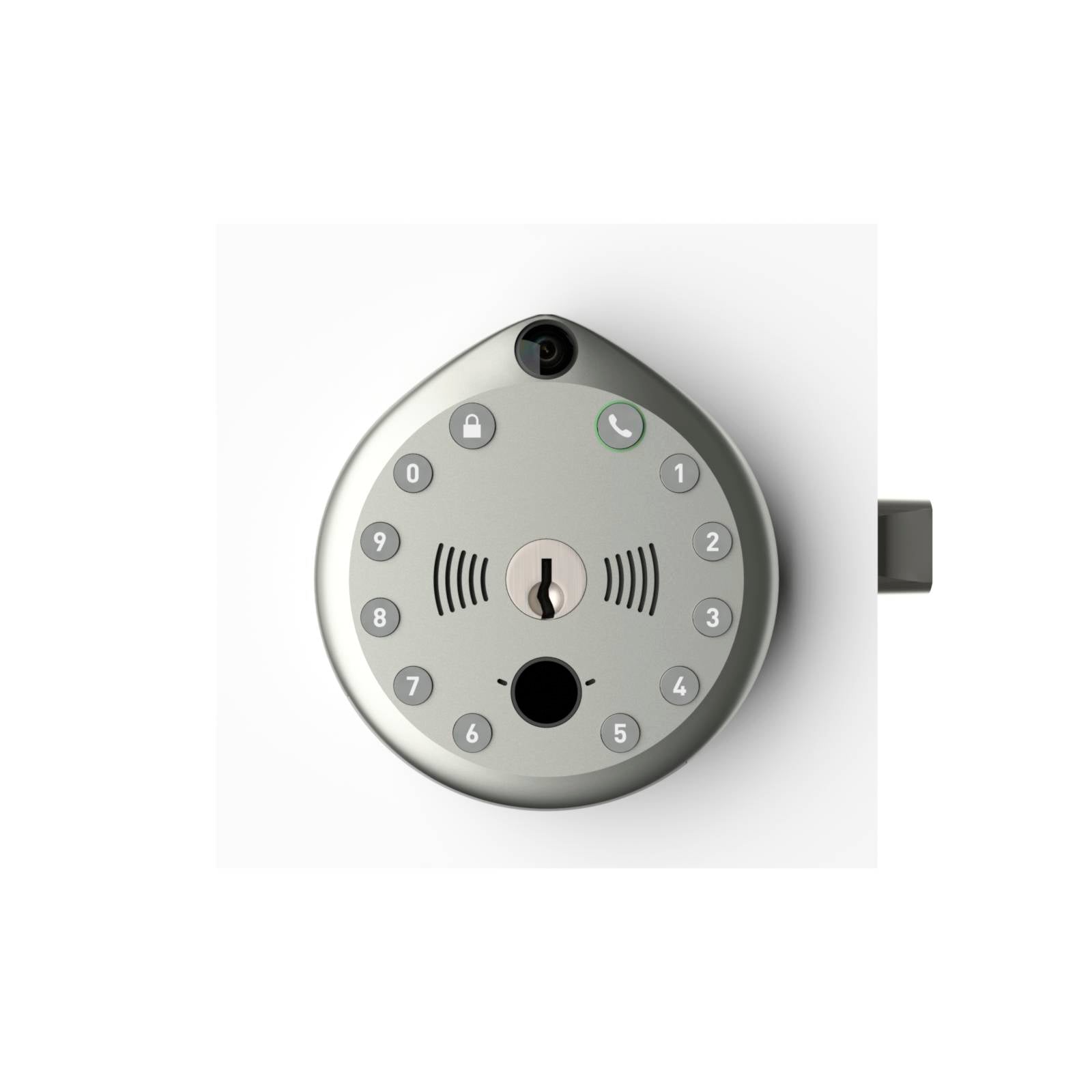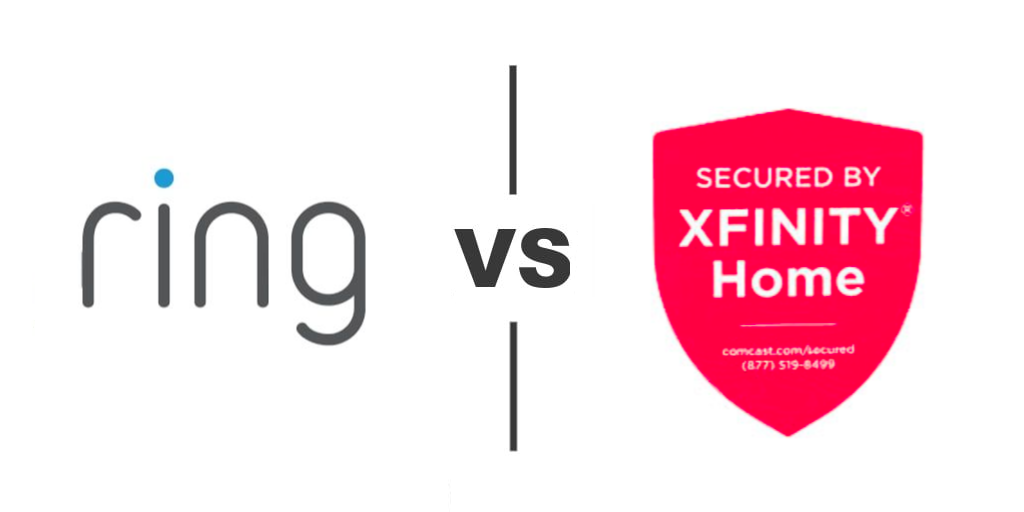
But DIY security camera systems do have their downsides. These cameras can't be mounted on every camera in your house and may not offer adequate protection. DIY users may also run into motion alerts and no video error messages. In such cases, it's a good idea to consult the installation manual, watch video guides, or call customer support for help. A professional service will place the devices and verify that they work. Then, they will return to troubleshoot as necessary. When deciding between DIY and professional installations it is important to identify the most critical protection requirements and plan your installation accordingly.
Ring
Ring's home security camera system allows you to monitor your home and not have to hire a security firm. It is easy to set up and requires no wiring. After the Ring Alarm Security Kit has been installed, you will be able to use an app or keypad for checking the status of your cameras. Ring Protect Pro can also be purchased for $20 per year and includes professional monitoring. The security service will notify you if a sensor has been activated and dispatch police if you don't answer or give a safe word.

Arlo
The Arlo home security system is for homeowners who are looking to install it themselves without the help of a professional. It includes a multisensor, which detects smoke, motion, and leaks, as well a keypad alarm. Many companies offer similar services. However, the Arlo System stands out because of its extra features. It was developed to compete directly in the market with Wyze and Amazon Ring.
QNAP NAS
For a variety reasons, you can have a QNAP NAS security camera system installed in your house. It makes it easy to monitor all of your security cameras. It can store terabytes (or more) of surveillance footage. You can also playback recorded videos. Remote access is another advantage. You can access your surveillance footage using a web browser, desktop software, or mobile application. You can even set up your own custom notifications.
Amazon's Blink
The Blink home security camera system is a great option for homeowners who don't want to pay the high prices of standard security camera systems. Blink Mini can be used to test the system's functions at a very low cost. It records in 1080p HD with two-way audio and motion alarms. It also works with Alexa. The only downside to the Blink Mini is that it has to be placed near an electrical outlet.
Wyze Labs
Wyze may be an option for those looking for a low cost home security camera system that can protect their property. The company also offers DIY kits and professional monitoring. You can also find a large selection of accessories such as exterior keypads and video doorbells. They all use cellular connectivity to keep you up to date. They don't have live monitoring, but they are more affordable than some competitors.

Simplisafe
SimpliSafe is a cost-effective and flexible home security camera system that can be used to protect your home. The system includes both indoor and outside video cameras, a smoke sensor, and a secure smart locking device. Simplisafe allows you to monitor your system from any place using the app. You can also use the Simplisafe with Google Assistant or Alexa to make sure no one comes home unnoticed.
FAQ
Which Home Security Systems can't be hacked
This question is dependent on the definition of hacking. Hacking is the unauthorized access to computer systems, networks, and data. The majority of home security systems are not vulnerable to hacking because they do have software that allows others to remotely control them. They also don't allow anyone to enter your house without permission.
Some home security systems can be hacked by anyone who has access to the internet. These systems are usually protected by a password. Someone can hack them if the password is correct.
What is the simplest home security system you can install?
It is best to have home security systems that don't require installation. These are "plug-and-play" systems that work like magic. All you need to do is plug them into the power outlet, and then connect them to the internet using a wireless router. Once connected, everything will be available for you to manage from anywhere around the world.
How do I choose between different types of home security systems?
It is important to consider the threat level in your locality. If there is a lot crime in your area, you may want an alarm to sound when someone enters your home. In rural areas where there are fewer burglaries, you might not need as much security.
Consider whether you are prepared to pay more for advanced features. Some systems have cameras built-in, others don't. Some systems let you remotely monitor your house, while others require you being physically present to view the footage.
Can ADT be hacked?
ADT security system is one of the oldest home alarm systems available today. ADT Home Security System is considered by many to be the best option. They trust its reputation as a reliable company committed to protecting their homes from fires and burglary.
Hackers can also infiltrate organizations, as with everything, and take down trustworthiness. Hackers are able to infiltrate networks at any moment and steal sensitive information. Hackers are able to access all files on the network and change the settings. A hacker can delete files, modify passwords or shut down an entire computer system. It's important for you to remember that hackers could still try to access your house by stealing files, changing passwords, or deleting files. You need to arm yourself with information on how to keep your systems protected.
What should I pay for alarm monitoring
Alarm monitoring costs vary depending on how often you want it monitored, what kind of equipment you need, and whether you are looking at an all-inclusive package or just one monthly fee.
Statistics
- Related questionsHome security systems that are 100% DIY (safewise.com)
- (In my experience, the discount on my home insurance covered about 25 percent of the subscription of an average plan, but your mileage may vary depending on your location and the size of your home.) (theverge.com)
- Depending on your insurance, 24/7 professional monitoring may qualify you for as much as 15% off your premium. (safewise.com)
- That's probably why Cove has a whopping 98%* customer retention rate. (safewise.com)
External Links
How To
How to Install a Home Security System
A home security camera is a device that monitors your house and alerts you when there's activity. It could be a motion detector, doorbell camera or smoke detector. A home security system is usually composed of one or several sensors (e.g. motion detectors), that send signals when there's movement or sound. These signals are sent to a control panel, where they can be monitored and recorded. If something goes wrong, like someone breaking in to your house, the control panels sends an alert to your phone or tablet, your computer, or voice assistant. You will immediately be notified and can take appropriate action.
The first step to installing a home security system is choosing the right type of sensors for your home. There are two main types: passive and active sensors. Passive sensors aren't powered by batteries. They just detect sounds and vibrations in their environment. These sensors include sirens, buzzers, and doorbells. Active sensors transmit data via electricity. This type of sensor can be found in cameras and motion sensors.
There are many different brands of sensors available today. Each brand comes with its own pros and cons. Some sensors can withstand extreme weather conditions, while others cannot. Some come with built-in speakers so you can hear them even if they're outside. Others only work inside. Some of these are very basic, while others have advanced features such night vision.
Once you have chosen the right type of sensor for your property, it is time to select a manufacturer. This will help you ensure your sensors work well together. You should find plenty of choices at your local hardware shop.
Once you have decided on a brand to use, it is time to decide on how many you want. Depending on whether they live with family members or alone, most people purchase one or two sensors. You may want to consider purchasing more sensors in the future if possible.
Next, determine where you want your sensors to be placed. Are you looking for them to be near doors or windows? Or would you rather have them hidden? Before you put them anywhere on your property make sure you get permission. It is important to ensure they do not interfere with electrical outlets.
Once you have determined where your sensors should be placed, you will need to find a way to connect them with your control panel. A power adapter or battery package may be required depending on your setup. Once everything is set up, it's time to start monitoring your property.